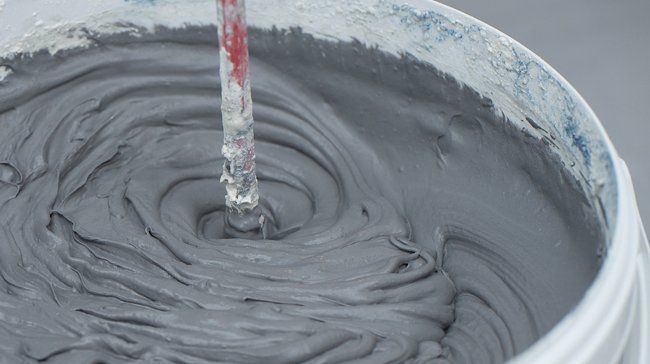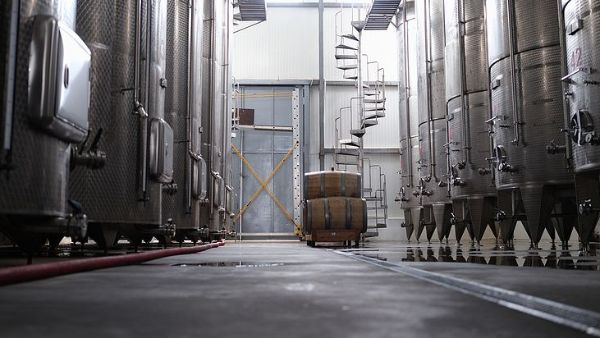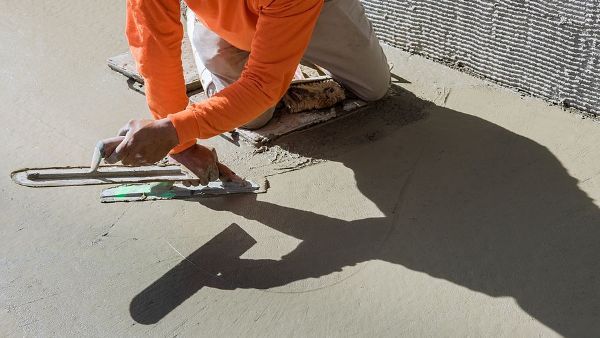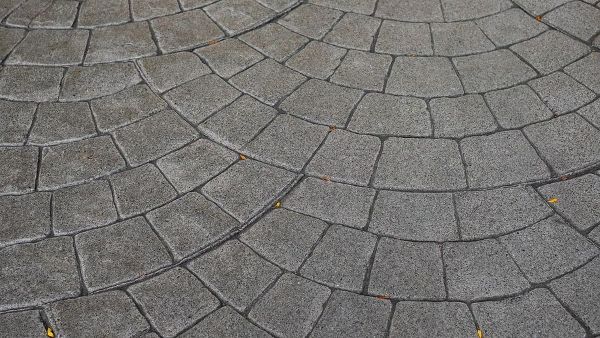Concrete Mixing Ratios: A Guide
What You Need to Know About Concrete Mixing Ratios
If you want to make concrete that is durable and strong, you will certainly want to use the proper concrete mixing ratios. The basic concrete mixing ratios are 1:2:3, 1:3:3, and 1:2:4. The previously mentioned mixing ratios are based on the proportion of cement, sand, and stone used in order. The PSI strength you need will determine the ratio you utilize. To produce concrete without the help of a concrete contractor, you will need Portland cement, sand (coarse or fine), stone (aggregate), and water (cool works best).
Mixing Concrete for a Slab
1:3:3 (cement: sand: stone) is one of the best concrete mixing ratios for producing a 3000 PSI mix. The mixing ratio is not only appropriate for a shed slab, but it also works for the majority of footings, concrete patios, and foundation walls. Combining the cement, sand, and stone creates a paste that will coat the stone and fuse the materials after the mix solidifies. The strength of your concrete will depend on the amount of water you use to mix it. In other words, the more water you use, the less durable your concrete will be. The less water you use in your mix, the stronger it will be. You can achieve the correct concrete mixing ratio by measuring the dry materials with a shovel or bucket.
3000 PSI Concrete Mix Ratio for a Cubic Yard
To produce a yard of concrete (27 cubic feet) that is 3000 PSI, you will need to mix:
- 517 lbs. of cement (234kg)
- 1560 lbs. of sand (707kg)
- 1600 lbs. of stone (725kg)
- 32 – 34 gallons of cool water (132L)
The mixing ratio above will produce concrete that is durable, long-lasting, and appropriate for the majority of concrete projects. One cubic yard of concrete will fill an area that is 8 feet wide by 10 feet long and 4 inches thick. Concrete that is six inches thick per cubic yard will fill an area of 52 square feet at 5 inches thick.
4000 PSI Concrete Mix Ratio for a Cubic Yard
To produce concrete that is 4000 PSI per cubic yard, you will need to adjust your mixing ratio. You will need to use:
- 611 lbs. of cement (277kg)
- 1450 lbs. of sand (657 kg)
- 1600 lbs. of stone (725kg)
- 33 – 35 gallons of water (133L)
As shown above, to produce a stronger concrete mix, you will need to use more cement and less sand. This mixing ratio is ideal for pool decks, exterior patios, commercial garages, and driveways.
Understanding the weight of your materials and how much water to use should assist you in determining how much cement, sand, and stone you will need to complete your project. To obtain an accurate estimate, you can make one cubic yard of concrete with approximately 5.5 94-lb. bags of cement, 17 cubic feet of sand, and 18 cubic feet of gravel. If using prepackaged materials such as Quickrete, you will need forty 80-lb. bags to produce one cubic yard of concrete. To produce one cubic meter of concrete, you will need 7.15 bags of Portland cement, .48 cubic meters of sand, and .51 cubic meters of gravel.
Calculating a Smaller Concrete Mix Ratio
You can mix your concrete using hardware tools, an electric concrete mixer, or by hand if you need less than one cubic yard of concrete. To produce a smaller batch of concrete, you will need to use identical proportions but substitute buckets for cubic feet. For example, to mix the proportions previously mentioned, you will need one bucket of cement, three buckets of sand, three buckets of stone, and half a bucket of water. For any size batch, the most imperative thing is to ensure the proportions of ingredients are the same. You can triple or double the size of your batch by tripling or doubling the number of buckets of each ingredient you combine with the mix.
What is the 1:2:3 Ratio Mix?
The mix ratio of one part cement, two parts sand, and three parts stone can produce a concrete you can use for almost any building project. You can use a wheelbarrow, shovel, or bucket to measure the ratio, and as long as you are consistent, you will achieve a strong mix. In most cases, when the stone ratio exceeds the sand ratio, the concrete will cure stronger than a 1:3:3 ratio. The difference between these two ratios is workability – adding more sand makes the concrete easier to work with. Adding less sand will make your mix rockier. If you decide to mix your concrete, you can produce cool projects such as molds, stepping stones, and edging.
For smaller projects, such as mailbox posts, you can purchase packaged mix. These mixes combine cement, sand, and gravel into the correct premixed ratios. All you have to do is add water. These bags are essentially a 1:2:4 a concrete mix ratio designed for the concrete to reach full strength in 28 days. You will need to cure the concrete by keeping it wet the first day until the concrete is a week old. If you want your concrete to reach full strength within the desired time frame, you will definitely need to cure it.
Learn More
If you need a concrete professional with experience, you should contact RTS Construction. We specialize in concrete installation and applications, and we would be more than happy to assist you. Learn how we can help you by reaching out to RTS Construction.





